Efforts to bring modern themes to the Cheo stage
The number of plays exploiting modern themes is almost equal to the total number of plays at the 2025 National Cheo Festival, including stories about famous revolutionary figures such as: Late General Secretary Nguyen Van Cu in "Nguyen Van Cu - Great Youth", late Prime Minister Vo Van Kiet in "Those who light the fire" of the Army Cheo Theater; soldiers in the fight to protect the Fatherland such as "Red Rain" of Lac Hong Theater of Phu Tho province and Hai Phong Traditional Stage Theater, "Huong Tram" of Ninh Binh Traditional Art Theater, "Two Mothers" of Lam Son Thanh Hoa Art Theater; the play "Sang Mai Nhan Tam" of Hung Yen Province Cheo Theater referring to modern families... clearly demonstrated the will to reflect social reality and find a new "living space" for Cheo.
 |
Scene from the play "Nguyen Van Cu - Great Youth" by the Army Cheo Theater, the play won the gold medal at the 2025 National Cheo Festival. |
The impression of modern-themed cheo plays at the festival, such as: "Nguyen Van Cu - Youth with Great Ambition" won the gold medal; 2 plays "Red Rain" by 2 theaters from Hai Phong, Phu Tho and "Red Peach Blossom" by Hung Yen Province Cheo Theater won the silver medal is an important proof: Cheo can be completely successful when exploiting modern themes, as long as the script and performance reach maturity.
The Cheo play “Nguyen Van Cu - Youth with Great Ambition” selects important and dramatic slices of the strong will, patriotism and dedication of comrade Nguyen Van Cu. The play is considered an artistic success when it combines traditional elements of Cheo and the story of a contemporary character. The play was directed by Colonel, People's Artist Vu Tu Long and the scriptwriter Le The Song tried to bring the image of the revolutionary into Cheo art in a simple and familiar way.
According to the assessment of playwright Chu Thom, Chairman of the festival's Jury, the success of the play lies in maintaining the "Cheo quality" through the smooth use of the traditional Cheo melody system; for example, the construction of the character who serves Cu (the role of Mo, played by artist Bui Xuan Nghia, who won an individual gold medal at the festival) - a detail reminiscent of the clown/servant role in ancient Cheo, creating a reasonable and natural feel for the traditional stage.
Meanwhile, the Cheo play “Red Rain” (Hai Phong Traditional Theatre) was adapted from the novel of the same name by writer Chu Lai, directed by People’s Artist Trinh Thuy Mui, skillfully harmonizing between heroic and tragic elements, between harsh reality and humanistic, romantic beauty. The story takes place at Quang Tri Citadel - where soldiers in their twenties fought steadfastly, ready to sacrifice their youth for the Fatherland. On stage, the Cheo language was strongly innovated, the performances were concise, the rhythm was fast, the tempo was tense but still full of poetry.
The ancient Cheo melody blends with the sound of battle, in the tragedy still faintly the gentle, romantic features of love, of the desire to live. "Hương tram" of Ninh Binh Traditional Arts Theater shows the echoes of war in today's life. The consequences of war are still there, but like the cajuput tree in the U Minh forest, the Vietnamese people still rise up. Works on the theme of revolutionary war such as "Mua do" (Red Rain), "Hương tram" (Melaleuca)... not only recall a time of fire and flowers but also arouse the depth of humanity, reminding viewers to cherish peace and be grateful to those who sacrificed for the Fatherland.
Challenge: How to keep "rowing" still "rowing"?
When staging modern-themed Cheo, performers always face great challenges such as: How to maintain the identity of traditional Cheo art while still being creative, attractive and truly reflecting contemporary life.
Colonel, People's Artist Vu Tu Long said he was very worried when he started to stage the play "Nguyen Van Cu - Tuoi Tre Chi Lon", because when creating portraits of revolutionaries and leaders, it is not allowed to be too fictional, and if it is not fictional, it is no longer Cheo. Therefore, finding elements to convey a modern story into a Cheo plot with tragicomic and dramatic elements but still retaining poetic, flexible and lyrical qualities is very difficult. "The Army Cheo once had a 3-volume Cheo collection "Song of National Defense" by People's Artist Tao Mat, which is one of the works that not only converges the development of traditional Cheo but also has the introduction, transformation and development of many folk melodies but still retains the original Cheo performance style.
Today we have a lot of young audiences, young soldiers, and young people watch quickly, they watch what is closer, more breath-taking, more dramatic. We still have the ancient Cheo plays "Quan Am Thi Kinh", "Luu Binh Duong Le"... Besides that, we have political commissars, clowns who are chefs, cashiers, nurses... developed from ancient Cheo. The important thing is that we have the breath of life. And I believe that will help Cheo have young audiences", People's Artist Tu Long said.
 |
| A scene from the play “Red Rain” by Hai Phong Traditional Theatre, the play that won the silver medal at the 2025 National Cheo Festival. Photo: VIET LAM |
In fact, on stage performances in recent years, every time a modern-themed Cheo play is introduced to the public, there have been many "slanders" that the Cheo identity has been "diluted", saying that it is a spoken play with Cheo songs inserted, lacking the core characteristics of Cheo such as: Conventional nature, symbolism, the interaction of Cheo clowns and the system of tunes, ancient stories...
Playwright Le The Song expressed: “We, the professionals, have to struggle to reconcile the pace of modern life (fast, urgent, multi-dimensional) and the language of the Cheo stage (slow, lyrical, highly narrative). While modern themes require character images that reflect the breath of the times, reflecting the process of innovation, the conflicts in today's society (corruption, conflicts of interest, modern family values...). Building Cheo characters that are both typical of the working people (as in ancient Cheo) and relevant to current events is a difficult problem. That is the reason why art units are afraid to invest, thus lacking modern works that are groundbreaking and sustainable.”
At this year's festival, the modern-themed Cheo plays that participated and won high prizes brought joy, which proves that Cheo makers have paid attention and are exploring and experimenting with modern themes to bring the breath of today's life into Cheo as sweetly as Cheo has been successfully performed in folk, historical, legendary and wild historical plays. The fact that many young actors participate in transforming into new plays is a positive sign that the art of Cheo is being continued and renewed to suit the breath of the times, avoiding the risk of fading away.
According to playwright Chu Thom, for modern-themed Cheo to take off, there needs to be more strong commitment and directed creativity from the profession. It is necessary to encourage and train young people with solid Cheo knowledge but who are not afraid to experiment, daring to put new melodies and new lyrics (based on ancient songs) into the script to create closeness with the audience.
Instead of focusing only on political and historical topics, Cheo troupes should boldly exploit stories close to daily life (new rural issues, environmental protection, behavioral culture on social networks...), this is the "land" where the satire, humor, and humanity of Cheo can be maximized. It is necessary to bring modern Cheo out of the big theaters to get closer to young audiences and rural audiences - the places where Cheo was born and grew up, through flexible performance forms suitable for the new context.
“The 2025 National Cheo Festival is a reminder: The desire for innovation is necessary, but conquering modern themes requires a persistent and responsible creative process so that Cheo can “keep the fire” of quintessence and “light up” the future on its own stage,” playwright Chu Thom emphasized.
Source: https://www.qdnd.vn/van-hoa/van-hoc-nghe-thuat/thach-thuc-khi-dung-cac-vo-cheo-de-tai-hien-dai-1010791



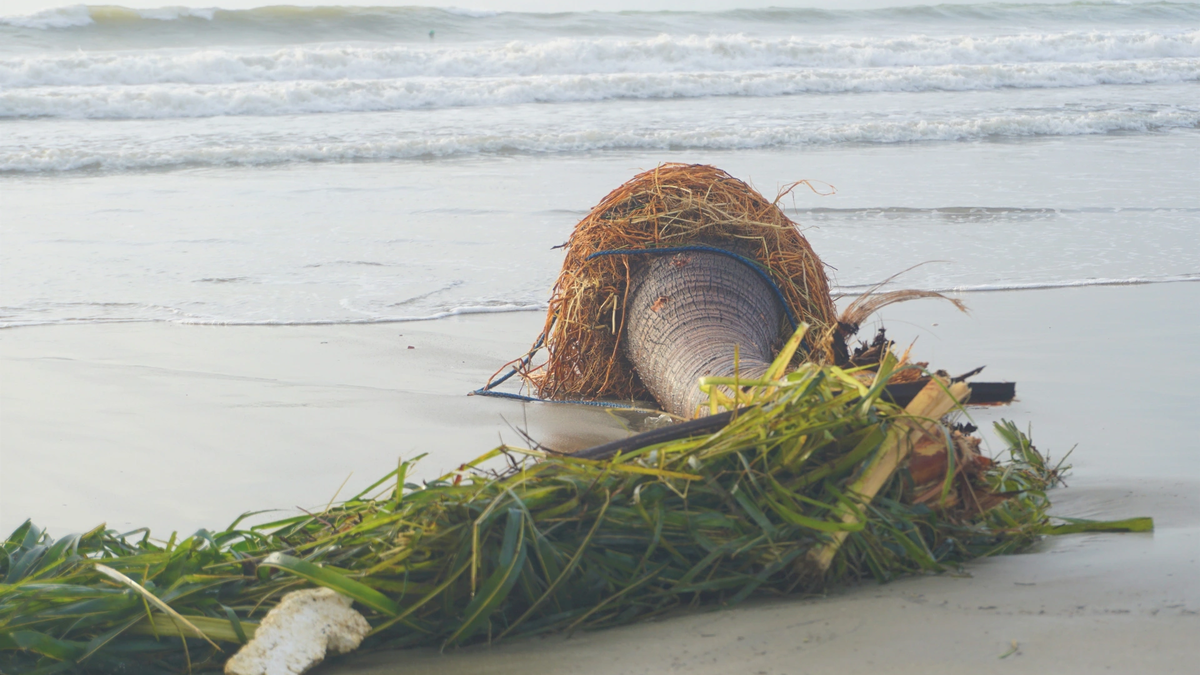



![[Photo] Da Nang: Hundreds of people join hands to clean up a vital tourist route after storm No. 13](https://vphoto.vietnam.vn/thumb/1200x675/vietnam/resource/IMAGE/2025/11/07/1762491638903_image-3-1353-jpg.webp)


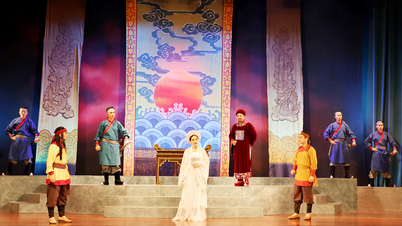

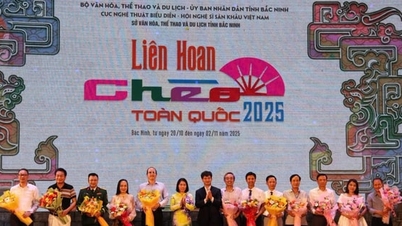




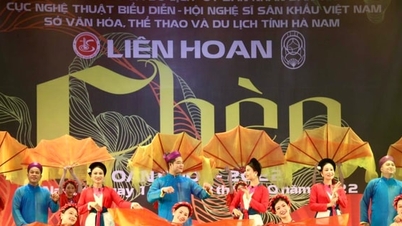
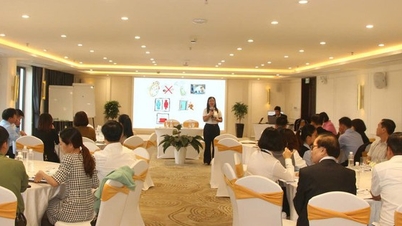


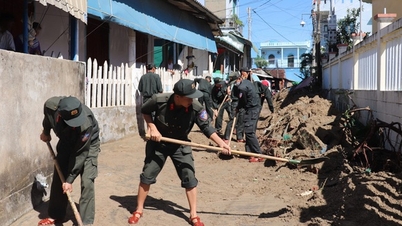


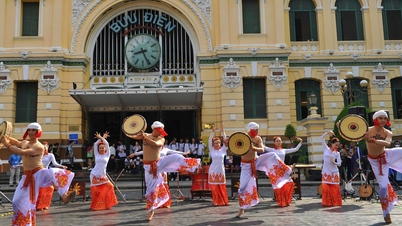

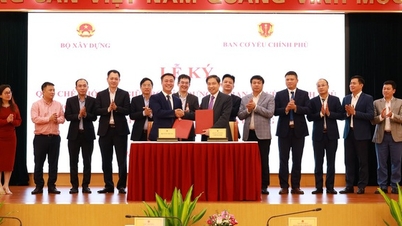






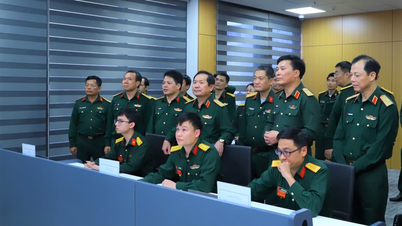
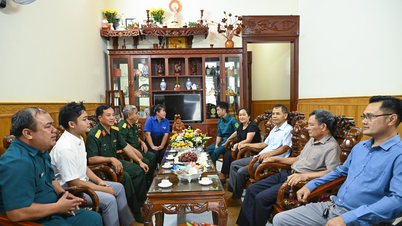
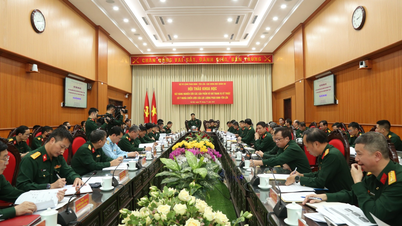
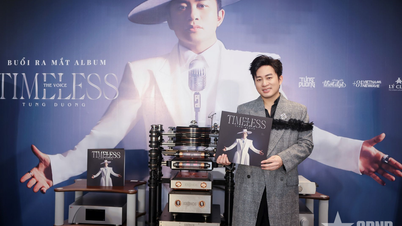








































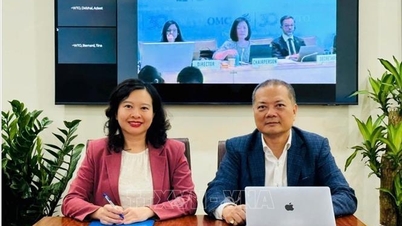
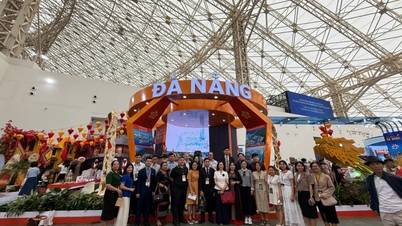

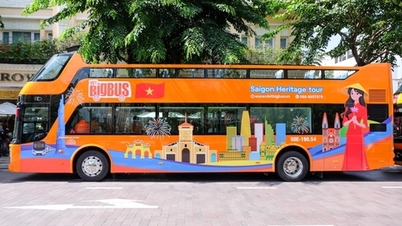

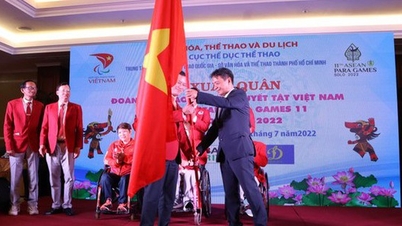




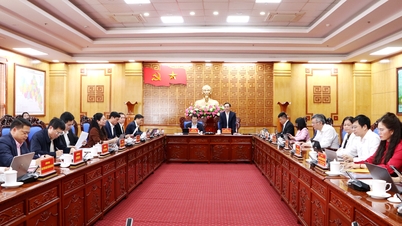




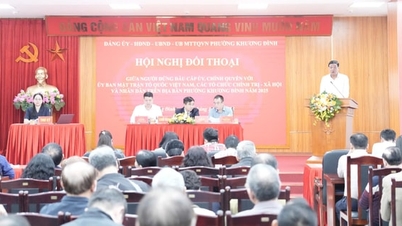














Comment (0)